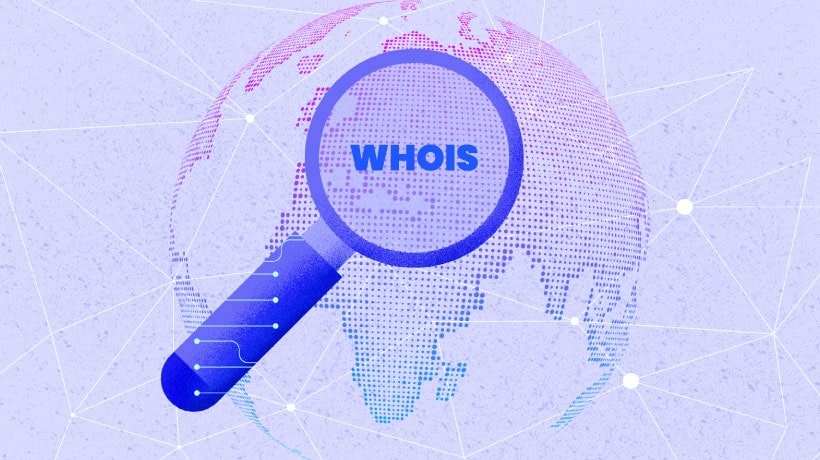A Next-Generation WHOIS Lookup Protocol - Exploring the World of RDAP
Created on 15 April, 2023 | DNS | 1,010 views | 2 minutes read

Image source: ipxo.com
WHOIS lookup has long been the go-to method for obtaining domain registration information and details about IP addresses. However,
as the internet landscape evolves, a new protocol called RDAP (Registration Data Access Protocol) has emerged as a next-generation
replacement for WHOIS. This article delves into the world of RDAP, its advantages over WHOIS, and its impact on accessing accurate
and up-to-date domain registration data.
Understanding WHOIS and Its Limitations
WHOIS is a widely used protocol that provides public access to information about domain name registrations, including details
about domain owners, registration dates, and contact information. While WHOIS has served as a valuable resource for many years,
it has several limitations. WHOIS lacks a standardized format, leading to inconsistent data presentation across different registries.
Moreover, privacy concerns have arisen as personal information is often publicly accessible through WHOIS, raising issues related
to data protection and potential misuse.
Introducing RDAP: The Next-Generation Protocol
RDAP, or Registration Data Access Protocol, was developed to address the shortcomings of WHOIS and provide a more standardized
and secure method for accessing domain registration information. RDAP offers a structured JSON-based response format, making
it easier to process and analyze data from various registries. Additionally, RDAP allows for improved query refinement, enabling
users to retrieve specific information based on search parameters such as domain name, IP address, or entity identifiers.
The Advantages of RDAP
RDAP brings several benefits compared to traditional WHOIS:
1. Consistent Data Format
RDAP standardizes the format of registration data across different registries, ensuring consistency and ease of data interpretation.
This makes it simpler for developers, researchers, and businesses to retrieve and analyze domain registration information from
various sources in a unified manner.
2. Improved Query Capabilities
RDAP introduces enhanced query capabilities, allowing users to perform more refined searches based on specific criteria. Whether
it's searching for domain names, IP addresses, or entity identifiers, RDAP provides flexibility in retrieving the desired information,
enabling more targeted and accurate results.
3. Enhanced Security and Privacy
RDAP addresses privacy concerns associated with WHOIS by incorporating improved access controls and data protection mechanisms.
RDAP allows for tiered access levels, ensuring that sensitive information is only disclosed to authorized parties, such as law
enforcement or intellectual property rights holders.
4. Internationalization and Multilingual Support
RDAP supports internationalization and multilingual capabilities, making it more accessible to users worldwide. This enables
domain registration information to be retrieved and presented in different languages, fostering inclusivity and ease of use for
individuals and businesses from diverse linguistic backgrounds.
The Future of RDAP
RDAP is gaining traction as the preferred protocol for accessing domain registration data. Internet registries and domain authorities
are gradually transitioning from WHOIS to RDAP, ensuring a more standardized and secure approach to obtaining domain information.
The continued development and adoption of RDAP will shape the future of domain data access, providing a more reliable and efficient
method for users worldwide.
Conclusion
RDAP represents a significant advancement in the world of domain registration data access. With its standardized format, enhanced
query capabilities, improved security and privacy features, and support for internationalization, RDAP offers a more reliable
and secure alternative to WHOIS. As the internet continues to evolve, RDAP paves the way for accessing accurate and up-to-date
domain information, benefiting individuals, businesses, and researchers alike.
Popular posts
-
Converting Between Long and Short URLs - URL Conversion Made Easy
3,919 views
-
Identifying and Addressing IP Reputation Issues - Exploring Blacklists
ip | 2,960 views
-
Implementing DNS Caching and Load Balancing - Maximizing DNS Performance
DNS | 2,657 views
-
The Power of Ping Tests - Boosting Network Performance
2,438 views
-
Difference Between Public and Private IP Address
ip | 2,092 views